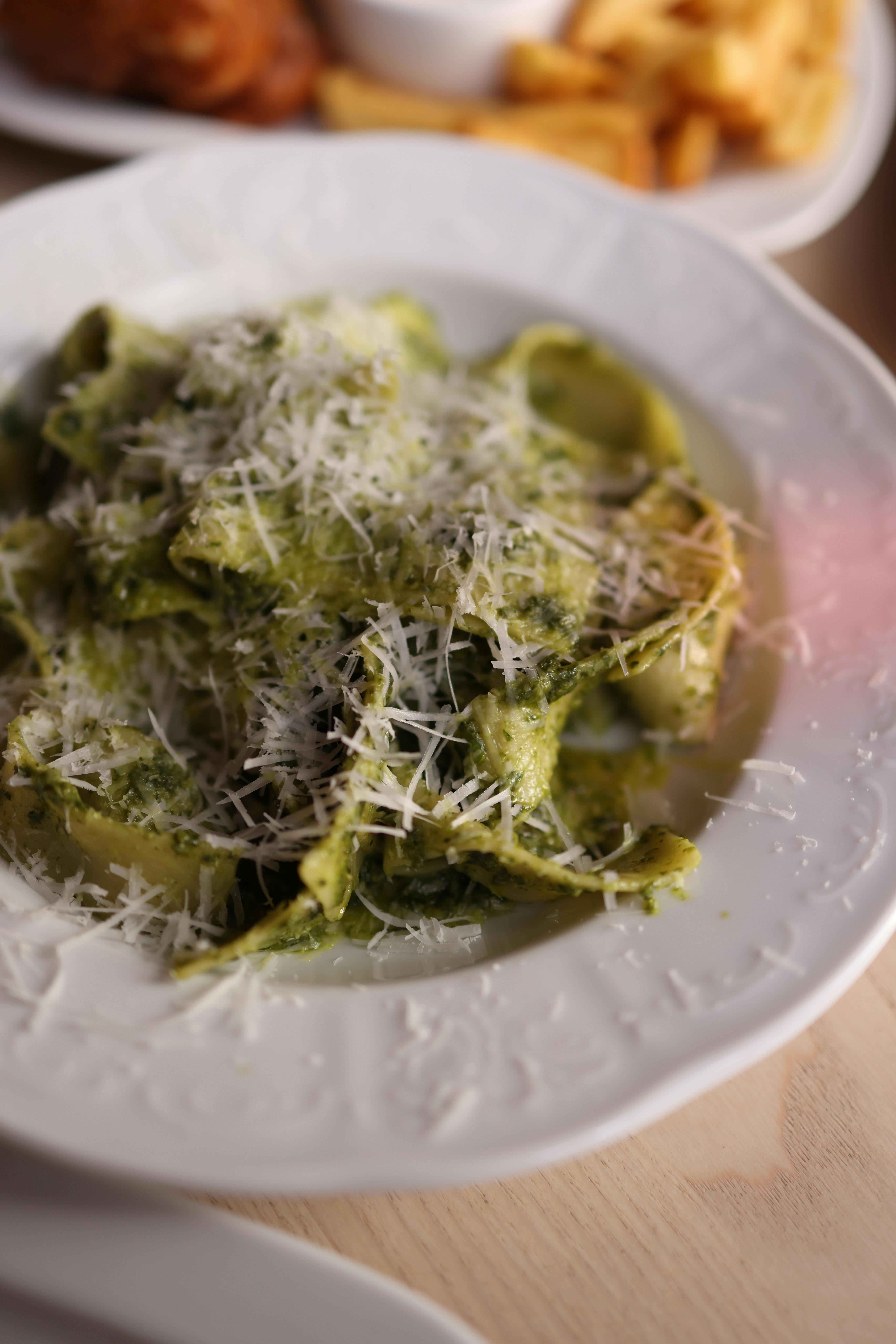Effective Ways to Discover Food That Starts With K in 2025
As we enter 2025, food enthusiasts are continuously seeking adventure in their culinary explorations. One exciting way to enhance your culinary repertoire is by discovering foods that start with unique letters, particularly the letter "K". Foods like kale and kiwifruit are already household names, but the world offers many other delightful choices beginning with this letter. From exotic fruits to savory dishes, the letter "K" encompasses a range of flavors that sound enticing and promise to enrich your diet.
This article will guide you through effective ways to discover new "K" foods, delving into their history, nutritional benefits, and how to incorporate them into your meals. You'll learn about various food items, their preparation methods, and how to introduce them in a fun way to your family or guests. Let’s explore the delightful world of "K" foods together!
Key takeaways include expanding your culinary horizons, understanding the health benefits of these foods, and practical tips for integrating them into your cooking.
Explore Unique Fruits and Vegetables Starting With K
Fruits and vegetables represent the foundation of a healthy diet. Starting with "K", the options are diverse and flavorful. Kohlrabi, a cruciferous vegetable, not only provides a crunchy texture but is also rich in antioxidants and vitamin C. Similarly, the vibrant kumquat offers a sweet-tart flavor that can brighten up any dish or be enjoyed fresh. Additionally, leafy greens like kale are well-known for their many health benefits, making them a staple in salads and smoothies.
One fun element of exploring these foods is trying unusual ones like kelp, which is not only nutritious but also a great addition to soups and salads, especially in Asian cuisines. Kiwifruit, rich in vitamin C, can serve as a vibrant topping for yogurt or a refreshing addition to smoothies.
Building on these fundamentals, incorporating unique fruits and vegetables on your menu means you can introduce family and friends to exciting flavors, making meals more enjoyable.
Understanding Nutritional Benefits of K Foods
Each food that begins with "K" has its unique set of health benefits. For instance, kale is packed with vitamins A, K, and C, which are crucial for maintaining overall health. It boosts the immune system, supports skin and eye health, and promotes healthy digestion.
Kumquats have an exceptional nutrient profile too. These small citrus fruits are an excellent source of fiber and antioxidants, helping combat various ailments. Kelp, a marine vegetable, is a fantastic source of iodine, necessary for thyroid function, and offers various trace minerals that aid in overall health.
Moreover, kiwifruit's vitamin C helps in collagen formation, which is essential for skin and joint health. To make the most of these nutritional attributes, consider incorporating them into your diet in innovative ways.
Cooking Techniques with K Foods
Now that we’ve explored some unique "K" foods and their health benefits, let’s discuss how to properly prepare them. Cooking techniques can elevate these ingredients, maximizing their flavor and nutritional value. For example, you can make a kale salad by massaging the leaves to soften their texture before combining them with your favorite components like nuts and fruits.
Another engaging way to incorporate kohlrabi is by baking them into chips. Slide them into the oven with a sprinkle of salt and your favorite spices for a nutritious snack. Katsu curry, a popular dish in Japan, is another delightful way to experience the flavors of "K". The richness of katsu paired with curry can make for a hearty meal.
As we delve deeper into the cooking realm, this leads us to practical tips on how to experiment with these ingredients in your home kitchen.
Practical Tips for Home Cooks
When incorporating "K" foods into your cooking, begin with purchasing high-quality ingredients. For example, select firmer kohlrabi that are heavy for their size and have bright green leaves. Similarly, look for fresh kumquats that have a vibrant color and a slight give when gently pressed.
To maximize flavor, consider pairing these foods with complementary ingredients. For example, kale pairs well with citrus for a refreshing salad, while kelp adds a unique umami flavor to soups and broths. Additionally, don’t shy away from experimenting with spices to elevate the dishes you prepare.
Another essential tip is to learn about the seasonal availability of these foods to ensure freshness and optimal flavor. Using these tips as a foundation, you can create memorable meals that highlight the beautiful diversity of food starting with "K".
Integrating K Foods into Meal Planning
Meal planning is a fantastic way to ensure you’re consuming a well-balanced diet incorporating foods that start with "K". Start by dedicating one or two meals a week to focus on these unique ingredients. For example, consider a kimchi fried rice or a delicious kebab wrap filled with choice vegetables for fun and flavor.
The convenience of meal prepping with "K" foods means that making delicious lunches or dinners becomes effortless. Kasha, or buckwheat, is fantastic as a base for grain bowls, providing a nutty flavor and hearty texture.
This naturally leads us to exploring the cultural significance of some of these foods, like the traditional use of kimchi in Korean cuisine, which is an essential part of many meals.
Cultural Significance of K Foods
The foods that start with "K" are often rooted in diverse cultural traditions. For instance, kimchi is not merely a condiment but a staple in Korean households, symbolizing their culinary heritage. It represents the importance of fermentation and preservation methods passed down through generations.
Similarly, dishes like korma are integral to South Asian cuisine and reflect the rich history of spices in cooking. Understanding the cultural background enhances your appreciation of these foods and adds a layer of significance when serving them.
As you explore these dishes, consider creating themed nights centered around "K" foods, introducing family and friends to the rich flavors and cultural stories behind them.
K Foods for Sweet Treats and Snacks
No culinary journey is complete without desserts! K foods can dolly out tasty sweet treats as well. Delve into delightful options like kiwi pie or a rich slice of kahlua-infused cake. For healthier sweet snacks, try your hand at making kale chips, seasoned to perfection.
Knekkebrød, or Norwegian crispbread, offers a unique crunchy alternative for snacking. Top it with cheese or spreads of your choice for a simple yet satisfying treat. Alternatively, serving up kolaczki during dessert time can win over any sweet tooth, blending flaky pastry with delicious fruit fillings.
Experiencing the variety of "K" foods not only enhances your culinary skills but encourages creativity in your kitchen, allowing you to impress guests at your next gathering.

Experimenting with K Foods
Now that you have a wide range of "K" food options, it's time to experiment! Start creating your signature dishes by mixing flavors and textures. For example, try combining kabocha squash, known for its sweet pumpkin flavor, in a hearty soup or roasted alongside spices.
Don't forget to incorporate recipe adaptations that can utilize available ingredients. If you're looking to introduce people to kangaroo meat, consider marinating it for a juicy and flavorful main dish that’ll spark conversation.
Utilize recipe sharing platforms to locate and adapt dishes featuring "K" foods, pushing the boundaries of your cooking while enjoying the whole process. By engaging with these foods creatively, you can discover new favorites!
Q&A About "K" Foods
What are some health benefits of consuming kale?
Kale is loaded with vitamins A, K, and C, making it great for skin health and immune support. It’s also high in antioxidants.
How can I use kohlrabi in my cooking?
Kohlrabi can be eaten raw in salads, roasted like any other vegetable, or even made into chips.
What are some popular dishes featuring kimchi?
Kimchi is primarily used in Korean dishes like kimchi stew, fried rice, and as a side dish for many meals.
Which K foods are suitable for kids?
Kumquats, kiwifruit, and kale salad can be made appealing for children while providing essential nutrients.
How can I incorporate more K foods into family meals?
Start with meal planning, introduce new items slowly, combine them with familiar flavors, and create themed food nights to enhance the experience.

Conclusion
Discovering and incorporating foods that start with "K" into your meals is not only a fun culinary challenge but also a way to enhance your overall health and wellbeing. By exploring unique fruits and vegetables, understanding their cultural significance, and experimenting with different cooking techniques, you can enrich your dietary habits and delight in newfound flavors.
So step into your kitchen, stock up on "K" foods, and enjoy the journey of delicious discovery in 2025!
